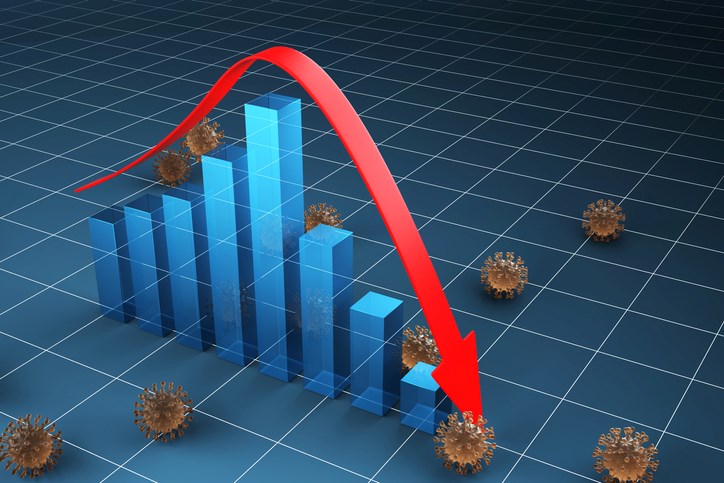REGINA — The Saskatchewan Ministry of Health's released their biweekly community respiratory illness surveillance program report for Dec. 8, covering the period Nov. 20 to Dec. 3, 2022, and these are five things you should know about it.
Influenza and COVID-19 case counts declining
Generally, COVID-19 and influenza case counts and test positivity have declined this reporting period while RSV has increased.
Influenza case counts remain high – decreasing from 699 to 547 lab-confirmed cases with the highest test positivity among respiratory organisms at 25.5 per cent.
COVID-19 lab-confirmed cases decreased over the same period, but, similarly remain high, from 453 to 396 cases with test positivity of 6.6 per cent.
The majority of respiratory virus hospitalizations continue to be COVID-19, followed by influenza. RSV hospitalizations are fewer in number but have nearly doubled in the current reporting week.
RSV activity is increasing – RSV cases have increased from 22 to 67 cases with a test positivity of 3.9 per cent.
Rhinovirus (common cold) is the most commonly detected organism in the sentinel provider program.
Weekly visits to Saskatchewan emergency departments for respiratory-like illness have decreased from 55.7 to 38.5 per 1,000 visits for the recent week, compared to the previous reporting period. Calls to 811 HealthLine for respiratory-like illness have similarly declined, from 150.3 to 133 per 1,000 calls.
COVID-19 test positivity is decreasing
COVID-19 test positivity in Saskatchewan has decreased to 6.6 per cent. The highest test positivity, 16.7 per cent was in the Far North West (Meadow Lake and area).
Regina had the highest viral load in wastewater but the trajectory is decreasing based on the weekly trend. This decrease occurred in all areas of the province except for the North West and North Central.
BA.4 and BA.5 are the most commonly detected variants of concern, with BA.5 dominant (92 per cent of current reporting period). The BA.5 sublineages BQ.1 and BQ.1.1 are increasing, along with some detection of BF.7.
COVID-19 hospitalizations decreased in the most recent reporting period, from 155 admissions per week to 117.
ICU admissions remain stable at approximately 12 admissions per week. The majority were 60+ years old. The proportion of staffed inpatient beds occupied by COVID-19 patients decreased slightly to 9.4 per cent.
In the Nov. 20 to Dec. 3 reporting period, there have been 41 deaths in COVID-19 cases, one in the 20 to 59 age group, and 40 in the 60 years or older group.
Influenza down
Influenza detections decreased to 547 cases this reporting period from 699 cases but remains the respiratory virus with the highest positivity at 25.5 per cent. Test positivity remains highest in the North East zone (Melfort and area) at 71.7 per cent.
Influenza outbreaks in high-risk settings increased from three to 13.
Influenza hospitalizations decreased in this reporting period. Influenza ICU admissions remain stable.
Other respiratory viruses
RSV detections in Saskatchewan have increased this reporting period, from 43 to 67 cases.
RSV hospitalizations increased from 11 to 23 in the most recent surveillance period. All RSV hospitalizations (34) occurred in children aged 0 – 19 years.
‘Other’ respiratory viruses increased from 98 to 128 lab confirmed cases in the current reporting period.
Outbreaks of ‘other’ viruses in high-risk settings have decreased – from two in previous weeks to none in the most current reporting period.
The vaccine situation
With the exception of Regina, all areas of the province have less than 50 per cent of their population up-to-date for COVID-19 vaccines and less than half of individuals aged 50+ have had more than one booster dose (45%).
Of those aged five and older, 20 per cent have received their latest booster dose in the last six months. Only 16 per cent of individuals aged 12+ years have received a bivalent booster dose (n = 168,915 doses).
The influenza immunization campaign launched October 11, 2022. To date, less than one-quarter of the Saskatchewan population (22 per cent) have received an influenza vaccine, a three per cent increase from the previous reporting period; however, this is a 13 per cent decrease in doses compared to the same time last year.




